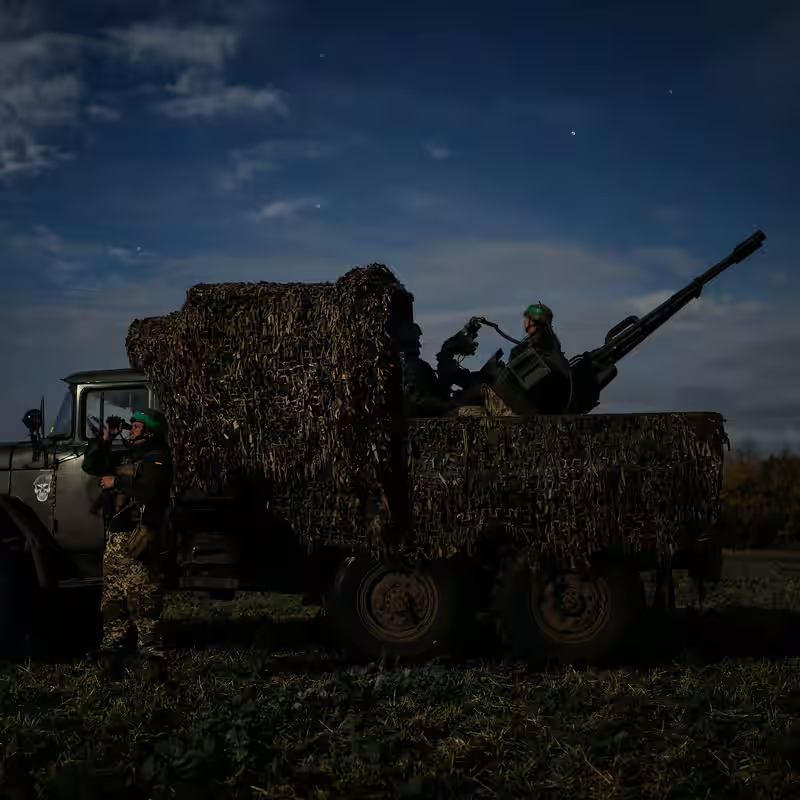As diplomatic efforts stall and Russian intransigence grows, Ukraine is shifting its wartime strategy—away from endless negotiation tables and straight toward the U.S. defense arsenal. President Volodymyr Zelensky’s latest mission to Washington isn’t about peace talks. It’s about power projection.
From Talks to Tomahawks: A Strategic Pivot
For months, Kyiv played along with President Donald Trump’s high-profile push for a negotiated settlement with Moscow—a process Ukrainian officials privately doubted would yield results. Now, with Russia openly rebuffing Trump’s overtures and refusing even a basic cease-fire, Ukraine sees a critical window to reframe the conversation: fewer handshakes, more hardware.
Zelensky is expected at the White House on Friday, following a high-level Ukrainian delegation that arrived Tuesday for multi-day talks focused squarely on acquiring advanced American weaponry. At the top of Kyiv’s wish list? Tomahawk cruise missiles—a long-range strike system that could dramatically alter Ukraine’s ability to hit strategic targets deep inside Russian territory.
Why Tomahawks? The Promise and the Problems
Tomahawk missiles represent one of the most potent non-nuclear weapons in the U.S. arsenal, capable of precision strikes over 1,000 miles away. For a nation under constant bombardment and with limited long-range capabilities, they symbolize both deterrence and leverage.
But experts caution that the practical hurdles are significant:
- Launch Platforms: Tomahawks are typically fired from U.S. Navy ships or submarines—assets Ukraine simply doesn’t have.
- Ground Launchers: The U.S. possesses only a limited number of mobile ground-based launchers compatible with the missile.
- Escalation Risks: Russian President Vladimir Putin has already warned that supplying such weapons would mark a dangerous escalation.
Still, the symbolic weight matters. As Trump himself hinted aboard Air Force One: “I might say, ‘Look, if this war is not going to get settled, I’m going to send them Tomahawks.’” Whether this is a genuine offer or a pressure tactic aimed at Putin remains unclear—but in Kyiv, the message is being taken seriously.
Ukraine’s New Peace Formula: Deterrence First
Zelensky’s team has concluded that Moscow only respects strength. With battlefield momentum stalling and Russian forces digging in, Kyiv believes that credible long-range strike capability is the only path to forcing real negotiations.
This marks a stark departure from earlier war phases, when Western allies urged restraint to avoid provoking escalation. Now, with Trump himself signaling flexibility—and frustration with Putin mounting—the political calculus in Washington may be shifting.
“Peace isn’t negotiated from a position of weakness,” said a senior Ukrainian defense advisor, speaking on condition of anonymity. “If we can threaten logistics hubs, command centers, and airfields inside Russia, their cost of war skyrockets—and that’s when they’ll finally come to the table in good faith.”
What Comes Next?
The upcoming White House meeting could result in a landmark defense agreement—potentially including not just Tomahawks, but also advanced air defense systems to counter Russia’s relentless drone and missile barrages.
Even if the Tomahawk transfer doesn’t materialize immediately, the very discussion signals a potential turning point in U.S. policy: a move from managing the conflict toward enabling Ukraine to decisively shape its endgame.




